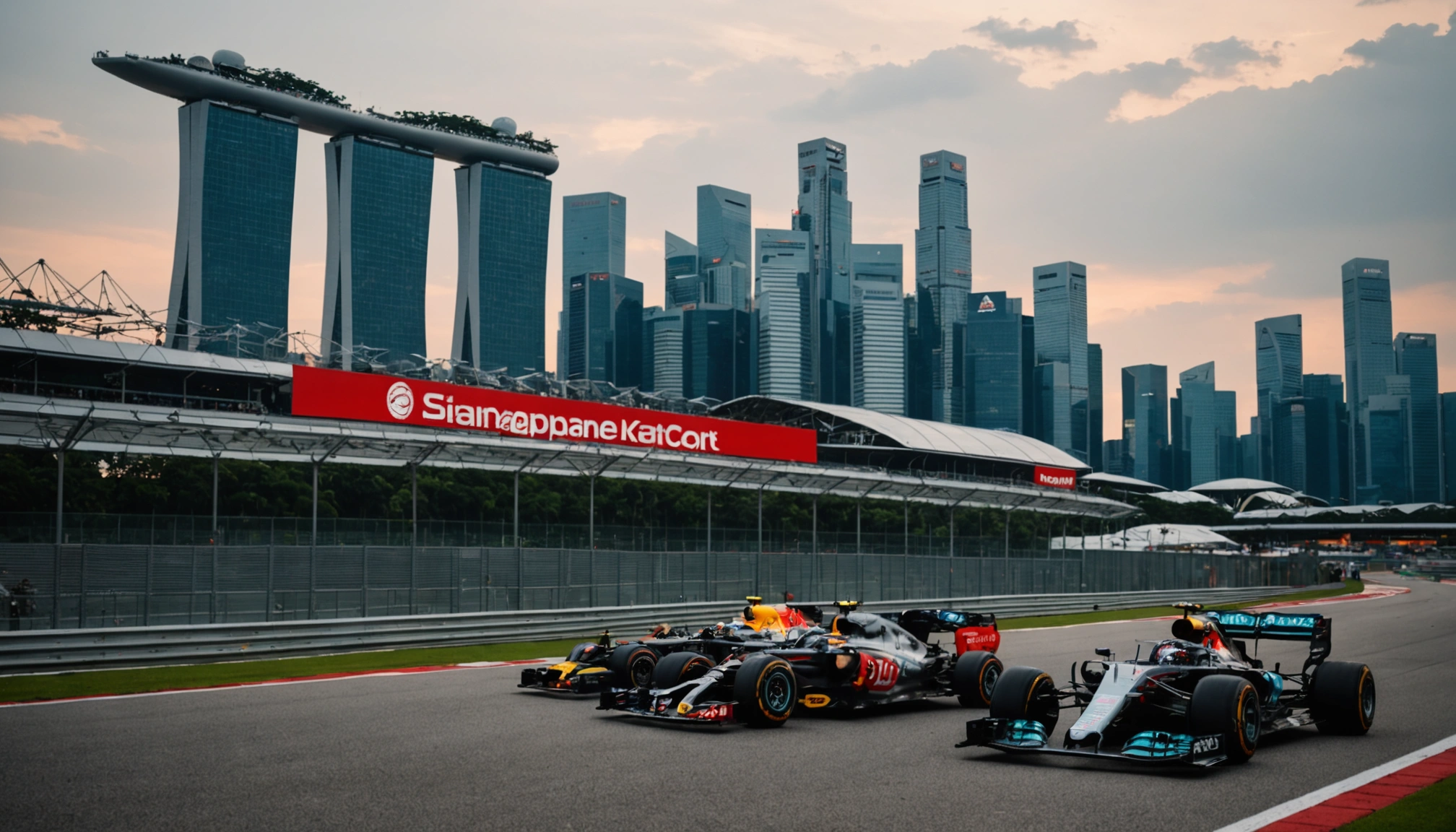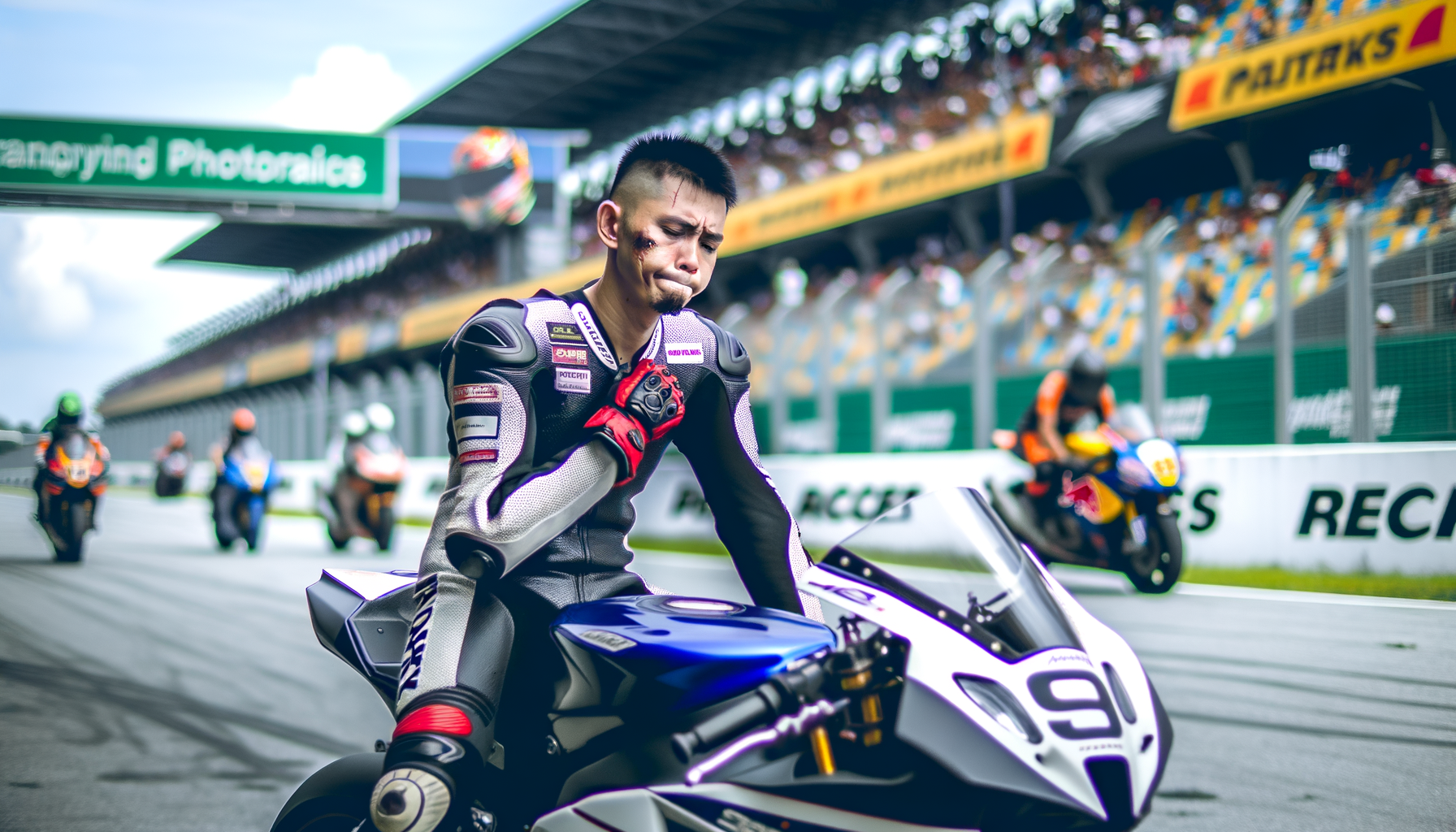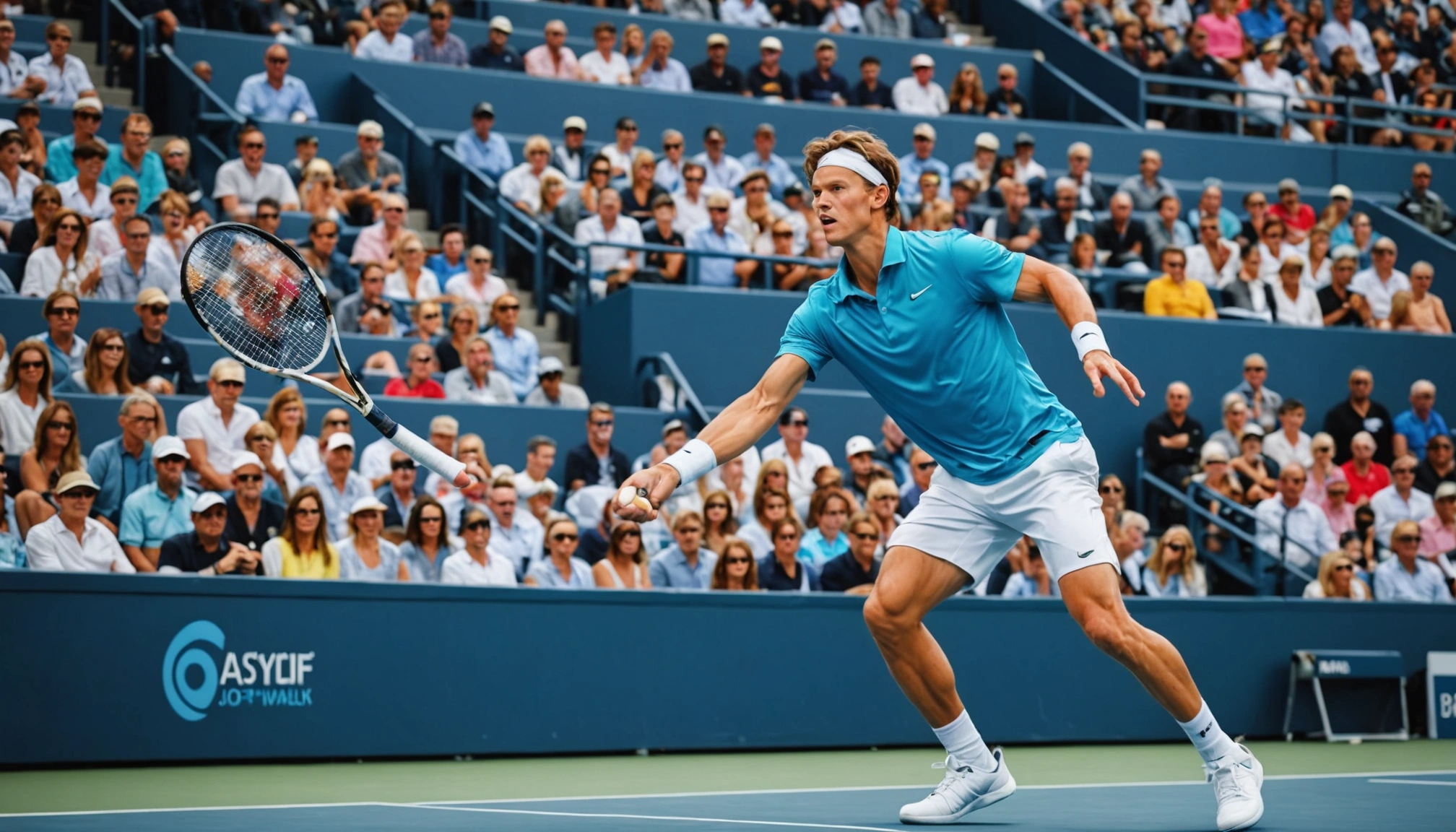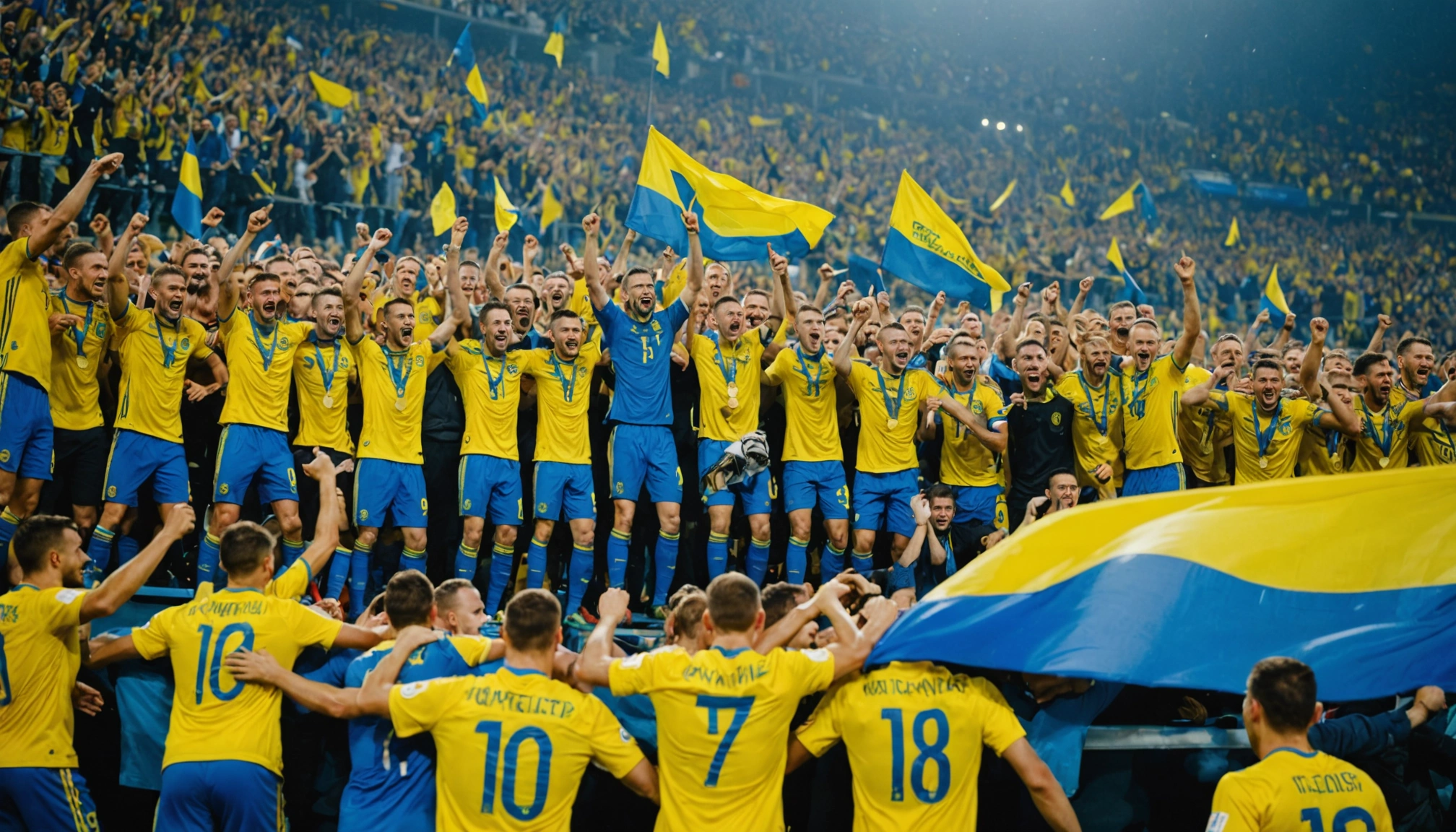Sebastien Ogier On Kalle Rovanpera’s Impressive Single-Seater Challenge
Sebastien Ogier shares insights on Kalle Rovanpera’s bold move from rallying to single-seater racing, highlighting the challenges and future prospects.
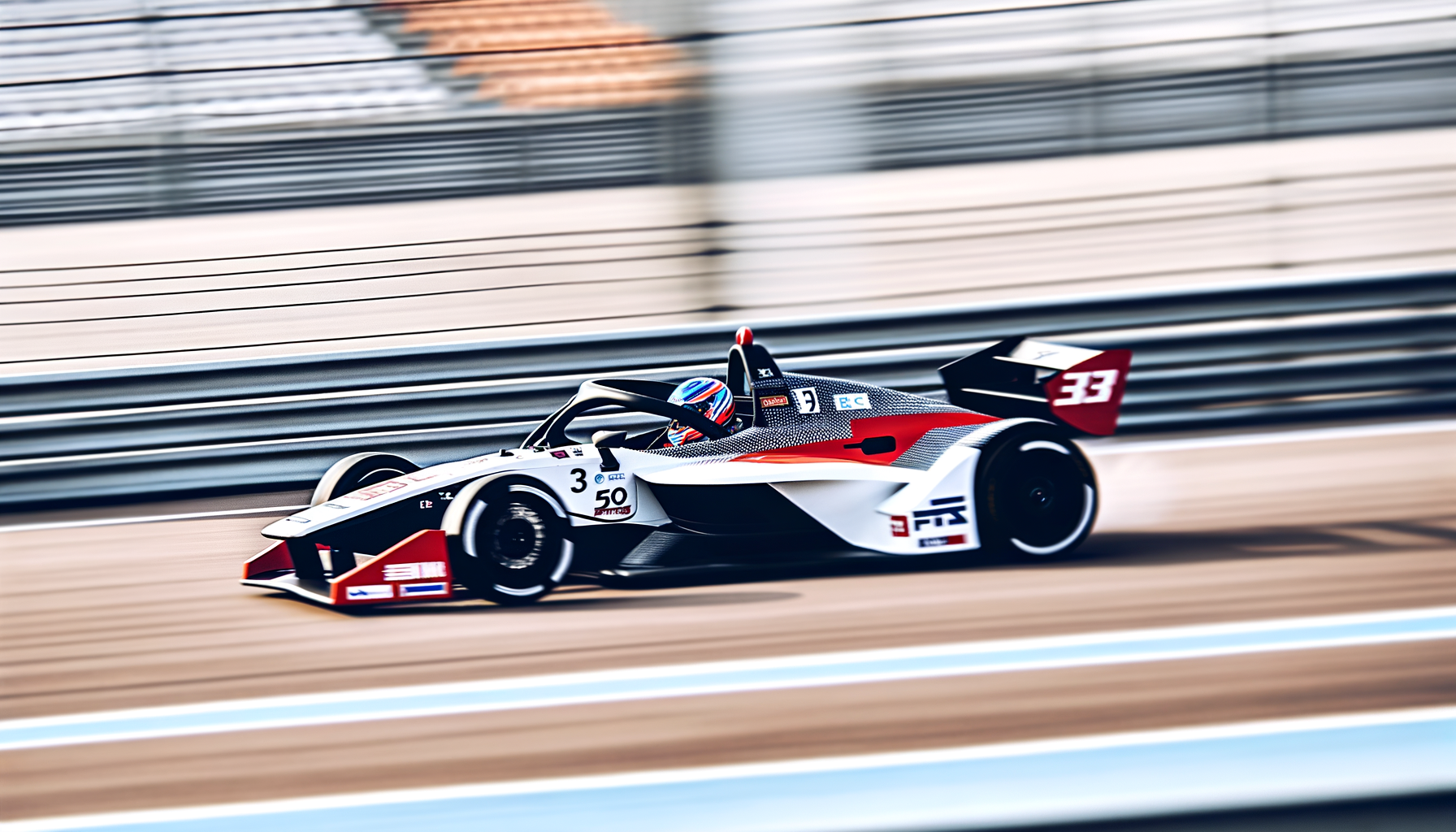
By Editorial
Introduction To Kalle Rovanpera’s Motorsport Transition
Kalle Rovanpera, the Finnish rally prodigy, has recently taken a surprising turn in his motorsport career by venturing into the world of single-seater racing. This bold move has attracted significant attention within the motorsport community, especially from seasoned drivers like Sebastien Ogier. Ogier’s reaction sheds light on the challenges and potential of such a transition, offering valuable perspectives on how skills from rallying may translate to circuit racing.
Sebastien Ogier’s Perspective On The Challenge
As a multiple World Rally Champion, Sebastien Ogier understands the nuances and demands of rally driving intimately. When asked about Rovanpera’s decision to tackle single-seater racing, Ogier described it as a “huge challenge.” This reaction underscores the considerable differences between rally and single-seater disciplines, both in terms of driving technique and mental preparation.
Ogier highlighted that while Rovanpera possesses exceptional car control and adaptability — honed through his rally career — the dynamics of single-seater racing require an entirely different skill set. For instance, the precision of racing lines, high-speed cornering on smooth tarmac, and close wheel-to-wheel racing are aspects that rally drivers rarely encounter.
Why Single-Seater Racing Is So Demanding
Single-seater racing, such as Formula 3 or Formula 2, demands absolute precision and consistency. Drivers must master aerodynamics, tyre management, and race strategy, which differ significantly from rally racing's emphasis on adapting to varying terrains and conditions.
Rovanpera’s ambition to compete in this arena involves mastering circuits where split-second decisions impact lap times and race outcomes more directly than in rally stages. Ogier’s recognition of this challenge reflects the respect he has for Rovanpera’s commitment to broadening his motorsport horizons.
Examples Of Successful Cross-Discipline Drivers
The motorsport world has seen drivers switching disciplines with varying degrees of success. For example, Kimi Räikkönen, another Finnish legend, transitioned from Formula 1 to rallying and back, showcasing adaptability. Similarly, Fernando Alonso has ventured into endurance racing alongside his F1 career.
However, not all transitions are seamless. The technical and mental demands of single-seater racing differ greatly from rallying, as Ogier pointed out. Rovanpera’s attempt is particularly notable given his young age and rapid rise in rallying.
Implications For The Future Of Motorsport Careers
Rovanpera's move could signal a growing trend where drivers seek to diversify their racing portfolios. The modern motorsport landscape encourages versatility, with drivers often exploring multiple disciplines to enhance their skills and marketability.
This phenomenon is also evident in other sports, such as football and cricket, where athletes often cross between formats or leagues. For readers interested in the dynamics of UK and Ireland football or domestic cricket, A Comprehensive Guide To UK And Ireland Football Leagues And Cups and Comprehensive Guide To England Cricket Teams And Domestic Leagues offer detailed insights.
Challenges In Adapting To New Racing Formats
Adapting to single-seater racing involves more than just learning new circuits. It includes understanding the vehicle’s behaviour at high speeds, managing aerodynamics, and developing racecraft for densely packed grids. For Rovanpera, this means dedicating significant time to testing and training.
Ogier emphasised that while the core talent is there, success in single-seaters will demand patience and resilience. These attributes have been vital to Rovanpera’s rally triumphs and will be equally important in his new endeavour.
What This Means For Fans And Motorsport Enthusiasts
Fans of rallying and circuit racing alike should be excited by Rovanpera’s venture. It opens up new storylines and rivalries, enriching the motorsport narrative. Observing how a driver adapts across disciplines offers unique insights into the athleticism and mental agility required at the highest levels.
Moreover, it invites comparisons with other athletes who have successfully navigated transitions, such as Molly McCann’s bold moves between boxing and UFC, detailed in Molly McCann's Bold Move Boxing Ambitions And UFC Legacy.
Conclusion And Key Takeaways
- Kalle Rovanpera’s shift to single-seater racing is a significant and challenging step that showcases his ambition and versatility.
- Sebastien Ogier’s reaction highlights the technical and mental differences between rally and single-seater racing.
- Successful discipline transitions require adaptability, patience, and a willingness to learn new skills.
- Such moves can enrich motorsport by blending diverse talents and expanding fan engagement.
Ultimately, Rovanpera’s journey will be one to watch closely, as it could inspire other young drivers to explore multi-disciplinary motorsport careers.
Related topics
Editorial
Sports expert at SportsScoop
Specialist in sports analysis and journalism
Related articles
Want to read more?
Explore our comprehensive collection of sports articles and analysis, or contact us for more information.
